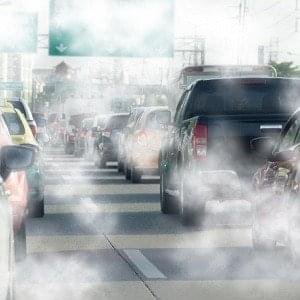The Environmental Protection Agency’s recent tightening of air pollution regulations marks a significant step towards addressing health disparities in Black and brown communities across the United States. These new rules, which include stricter limits on nitrogen oxides from power plants and industrial facilities, are poised to have a substantial positive impact on areas disproportionately affected by air pollution.
Studies have consistently shown that Black and Latinx neighborhoods bear the brunt of air pollution exposure. A 2023 Northeastern University study revealed that predominantly Black census tracts experience nitrogen dioxide-related deaths at a rate 47% higher than the national average. This disparity is largely due to the historical placement of freeways and power plants near Black communities.
The EPA’s assistant administrator, Joseph Goffman, emphasized that the stronger standards will “better protect nearby communities’ health,” adding that the power sector has demonstrated its ability to implement additional pollution controls affordably and reliably. The agency estimates that reducing nitrogen oxide emissions could yield a “net benefits to society” of $46.4 million.
These new regulations are part of a broader effort by the EPA over the past four years to address various pollutants and their sources. From tougher tailpipe emissions standards for heavy-duty trucks to cracking down on specific pollutants like chloroprene in Louisiana’s Cancer Alley, these measures aim to improve air quality in vulnerable communities.
However, the future of these protective measures remains uncertain. With the potential return of the Trump administration in the coming year, there are concerns that these environmental protections could be rolled back. During Trump’s previous term, the EPA loosened monitoring standards for nitrogen oxide emissions from coal-fired power plants, which are more likely to be located near Black and brown communities.
As the battle for cleaner air continues, these new rules represent a crucial step towards addressing long-standing environmental injustices and improving health outcomes in minority communities across the nation.
See “New Clean Air Rules Help Black Communities” (December 2, 2024)



